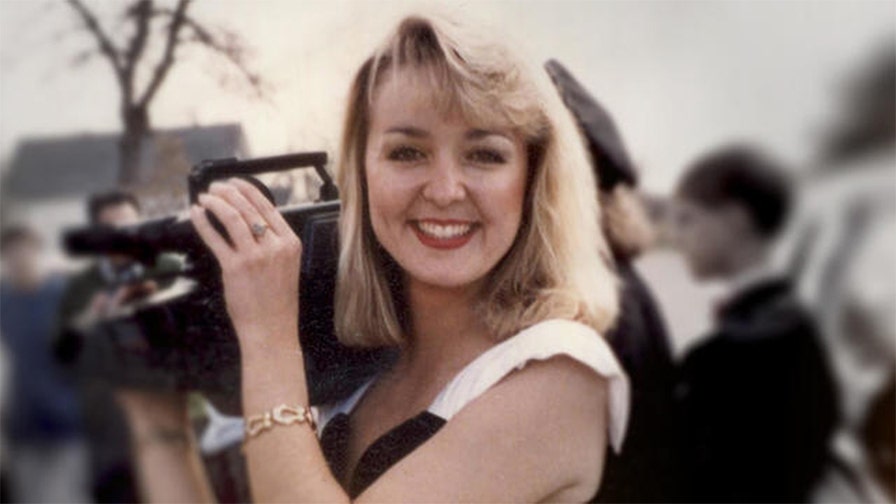David Shapiro, a cerebral yet deeply personal poet aligned with the so-called New York School, whose highly lyrical work balanced copious literary allusions with dreamlike imagery and intimate reflections drawn from family life, died on Saturday in the Bronx. He was 77.
His wife, Lindsay Stamm Shapiro, said the cause of his death, in a hospice facility, was Parkinson’s disease.
Mr. Shapiro published 11 volumes of poetry during his six-decade career. His book “You Are You: Writings and Interviews on Poetry, Art and the New York School” is scheduled to be published this fall. His 1971 collection, “A Man Holding an Acoustic Panel,” was nominated for a National Book Award.
He was also an art historian, producing monographs on Piet Mondrian, Jasper Johns, Jim Dine and other painters. And he maintained a career in academia that included decades as an art history professor at William Paterson University in Wayne, N.J. In the 1970s, he taught English and comparative literature at his alma mater, Columbia University.
It was there as an undergraduate that he first tasted fame, albeit unwittingly, during the landmark student uprising in the spring of 1968, which was sparked by outrage over the university’s ties to research for the Pentagon, its plans to build a gym on nearby public land and other issues.
Mr. Shapiro was just weeks from graduating when another student photographed him when the office of the university’s president, Grayson Kirk, in Low Library was occupied.
Shown seated in a high-backed chair behind the administrator’s paper-strewn desk, Mr. Shapiro captured the spirit of a moment, casually smoking one of Mr. Kirk’s cigars while wearing sunglasses and a defiant smirk.
The photograph ultimately ran in Life magazine and publications around the world. Although it became an enduring symbol of the student protests that roiled universities across the nation in the late 1960s, Mr. Shapiro preferred over the years to focus on his literary achievements, not his cameo as a campus rebel.
Mr. Shapiro was a nimble-minded, voluble and gregarious polymath who demonstrated, in both his life and his work, an almost gymnastic ability to bound between intellectual topics, the writer Lucy Sante, a friend and a former student of Mr. Shapiro’s at Columbia, said in an interview.
“David just thought about 15 times as fast as the average person, and he talked that fast as well,” Ms. Sante said. “Any conversation with David, in or out of the classroom, was a dense weave of references to art and literature and music and science, emitted directly from his subconscious, swerving this way and that and spinning out into epic digressions.”
A literary prodigy, Mr. Shapiro was already publishing poems in European and South African journals by the age of 10. At 14, he published a poem in The Antioch Review, his first in the United States. As a freshman at Columbia in 1965, he published his first poetry collection, “January.”
He was often categorized as part of what became known, starting in the 1950s, as the New York School — an experimental vanguard of visual artists, dancers and poets including John Ashbery, Frank O’Hara and Kenneth Koch, who was also a Columbia professor and mentored Mr. Shapiro as a student.
Mr. Shapiro was considered part of the second generation of the New York School, along with Ted Berrigan, Alice Notley, Ron Padgett and others.
“Although often described as a member of the New York School of poets, David Shapiro wrote poems that sound like no one else’s,” Mr. Padgett wrote in an email, “poems full of mystery, lyricism, and agile leaps of an eternally fresh spirit, with surprising humor in the music of his unearthly melancholy.”
In his 1977 poem “Stay Stay Stay Stay,” Mr. Shapiro “waves away iconic love poems from ancient Greece and modern-day France and begs his love to simply stay stay stay stay,” the poet Kate Farrell wrote in an email.
It is snowing on the kindergarten
It is snowing on your eyelids
Love’s dice
Are manias and fights
Anacreon writes
You are standing on my eyelids
And your hair
Is in my hair
As Paul Eluard
Says elsewhere
And what do you say? I say
Stay stay
stay stay
streak intrinsically
His work also drew from surrealism and the avant-garde; he employed dramatic shifts in level of diction, or even in subject, within a single poem, as well as taking a literary collage approach, which he discussed in a 1990 interview with Pataphysics magazine.
“I’ve transformed grammar and physics textbooks and played with their degraded diction,’” he said. “I’ve taken Heidegger and changed all his words for being into snow.”
In his 1979 poem “A Song,” he added, he took snippets of the 1966 Percy Sledge song “When a Man Loves a Woman” and transformed them into “a disco cascade with elements of the Encyclopaedia Britannica.”
David Joel Shapiro was born on Jan. 2, 1947, in Newark, N.J., the third of four children of Dr. Irving Shapiro, a dermatologist, and Fraida (Chagy) Shapiro, a schoolteacher. He spent summers in Deal, a breezy seaside borough on the Jersey Shore near Asbury Park, which he later invoked in his lauded 1969 collection, “Poems From Deal.”
His maternal grandfather, Berele Chagy, was a well-known cantor, and his family was steeped in music. When he was a child, his family formed a quartet, with David on violin, that performed on the Voice of America radio network when he was 5. In his teens, he performed with the New Jersey Symphony and the American Symphony Orchestra under Leopold Stokowski.
He left Weequahic High School in Newark after his junior year to enroll in Columbia in 1964, graduating in 1968 with a bachelor’s degree in English and comparative literature. He later received a master’s degree from the University of Cambridge and a doctorate in English from Columbia.
In addition to his wife, he is survived by his sisters, Judith Silverman, Naomi Shapiro and Debra Shapiro, and his son, Daniel Shapiro.
A product of a staunchly left-wing household, Mr. Shapiro at times wove themes of political liberation into his work.
His 1971 poem “The Funeral of Jan Palach” was written from the ghostly perspective of a Czech student who died three days after setting himself on fire in Prague in January 1969, in the turbulent protests against the Soviet-led invasion of Czechoslovakia the previous summer:
When I entered the first meditation
I escaped the gravity of the object, I experienced the emptiness,
And I have been dead a long time.
The poem was later inscribed on a haunting memorial to the martyred student in the city by the artist and architect John Hejduk.
But it was a very different political statement that brought Mr. Shapiro international attention: his occupation photo. Mr. Shapiro came to regret the shot, in part because it made him seem like a leader of the protests although he was only a participant.
The photograph also caused him plenty of other problems. “He was clubbed by police and suspended by Columbia — he almost didn’t graduate,” his wife said in an interview. “He had been given a five-year fellowship to Harvard, and that was rescinded. Even going through customs, he was on the F.B.I. lookout list.”
In a 2018 interview with the New Jersey newspaper The Record, Mr. Shapiro issued a mea culpa of sorts. “I’d like to apologize for the rudeness of my youth,” he said. “That’s not a picture. That’s a parody.”






